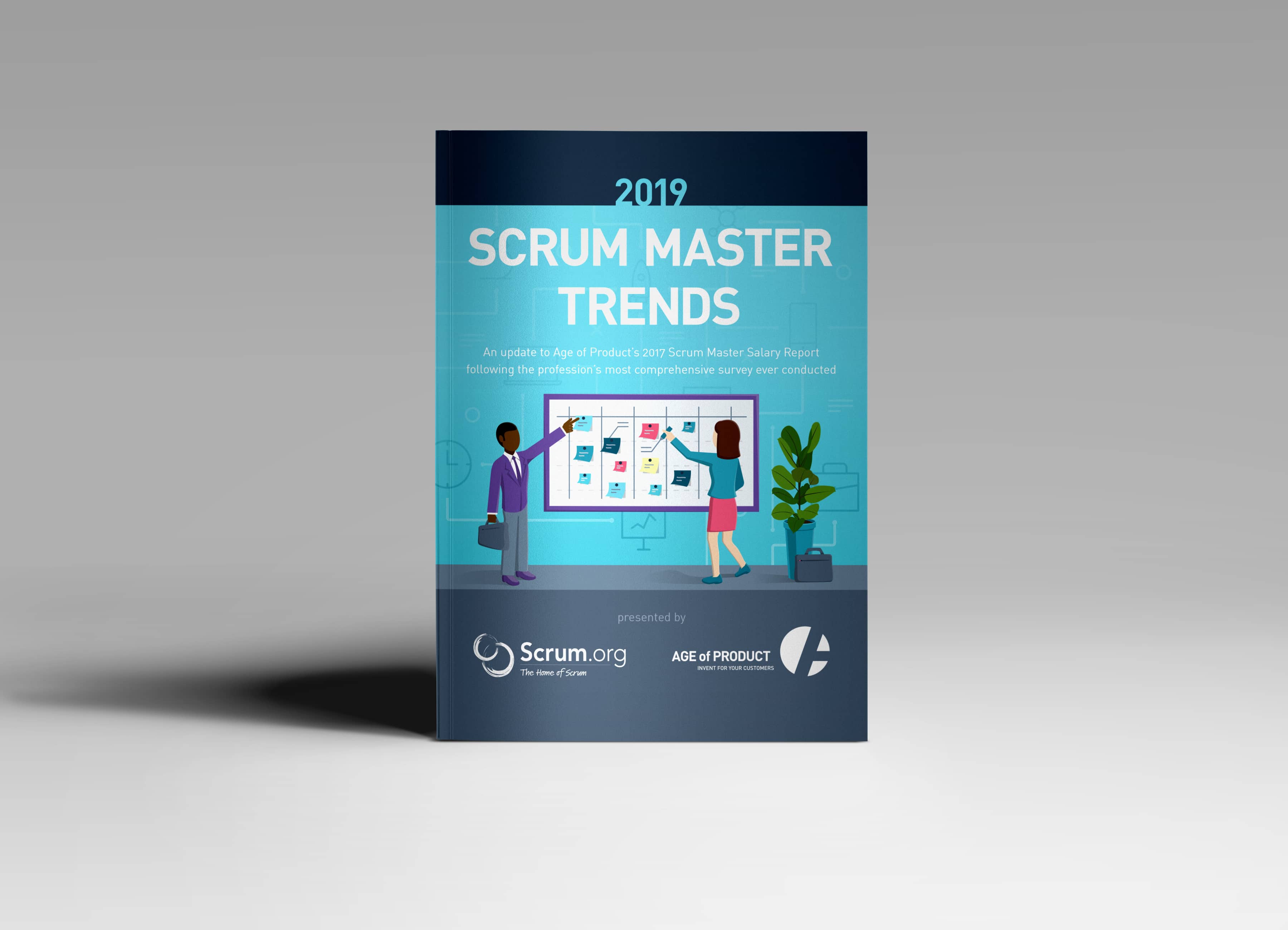The two-day training for Product Owners is designed to equip participants with the skills necessary to fulfil the role of a Product Owner – a business-minded entrepreneur collaborating closely with other members of the Scrum team. Through a combination of exercises, discussions, and lectures, participants gain insights into the principles of Scrum and understand the daily responsibilities of a Product Owner. This includes collaboration with the Scrum Team to optimize value and functioning within the broader context of the organization or enterprise.
The training takes participants through the process of defining a product, covering aspects such as creating a product vision, establishing a roadmap, identifying Business Drivers, and understanding the needs of customers and users through the formulation of User Stories, a common practice in agile methodologies. Attendees will acquire the knowledge and skills necessary to effectively construct and manage the Product Backlog.

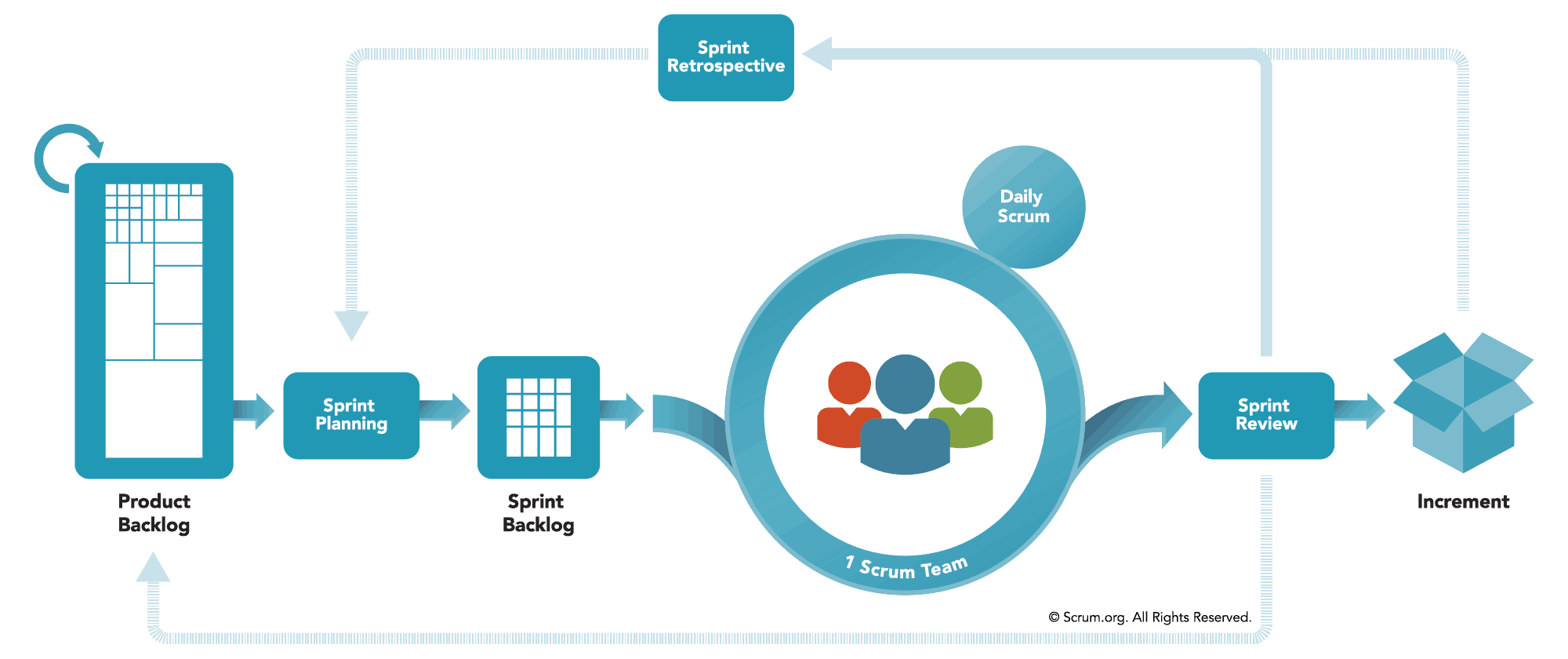
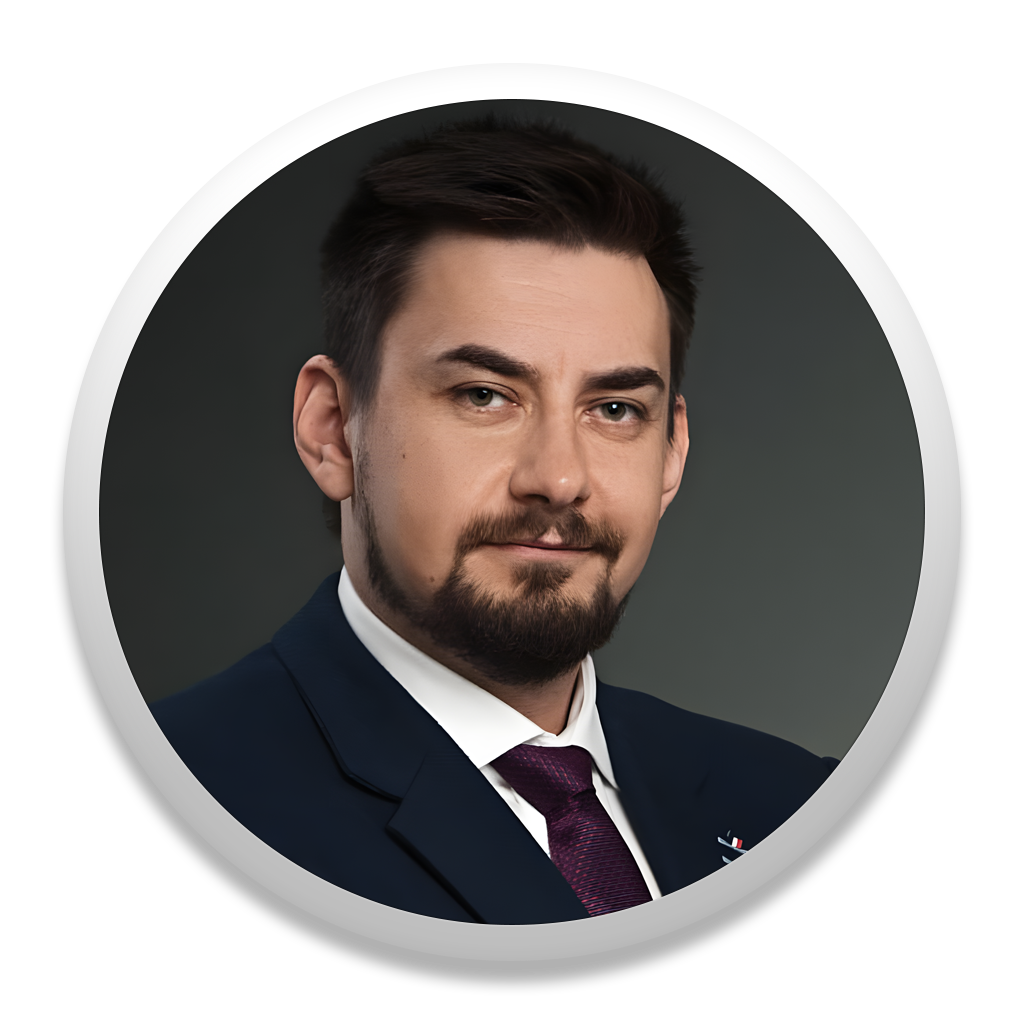
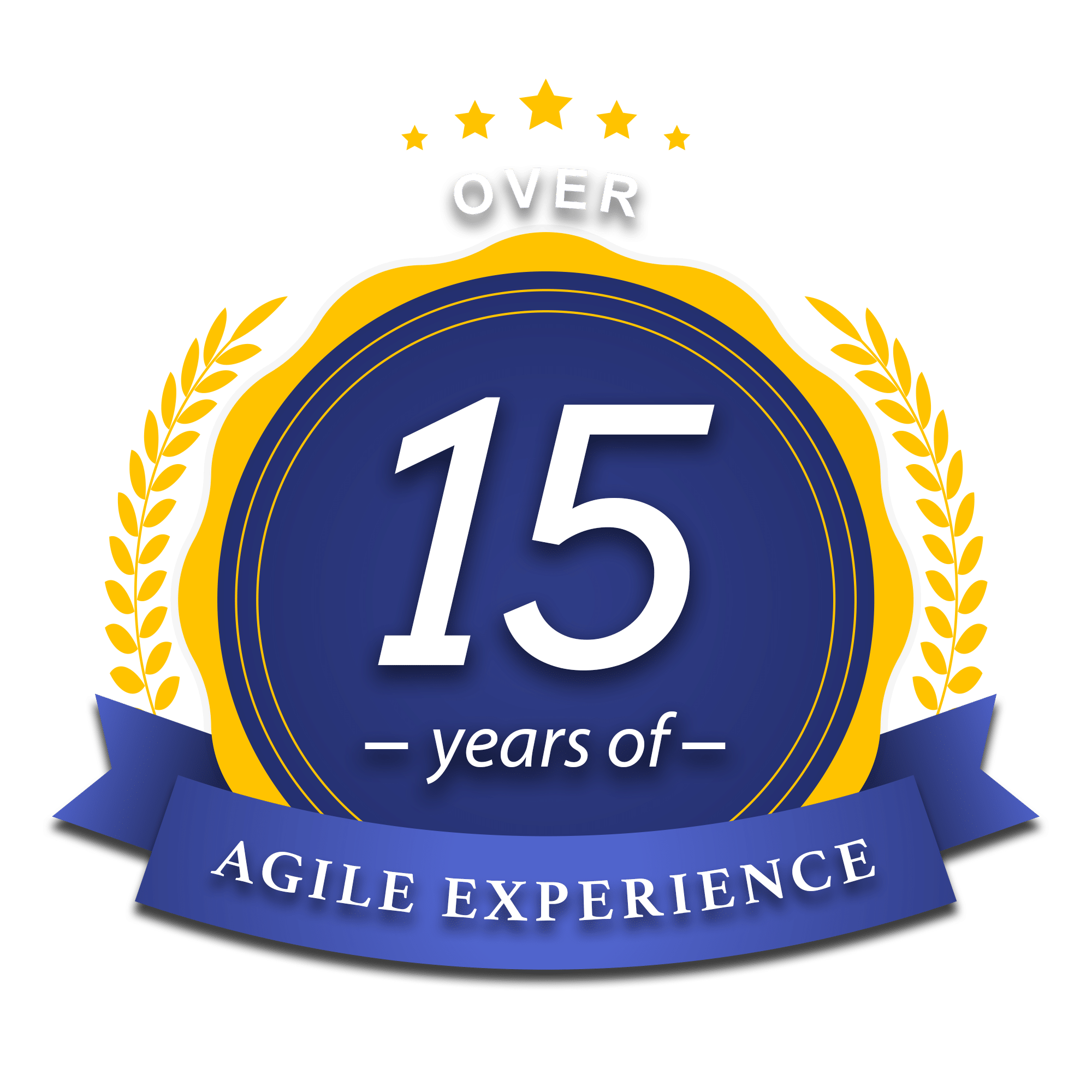
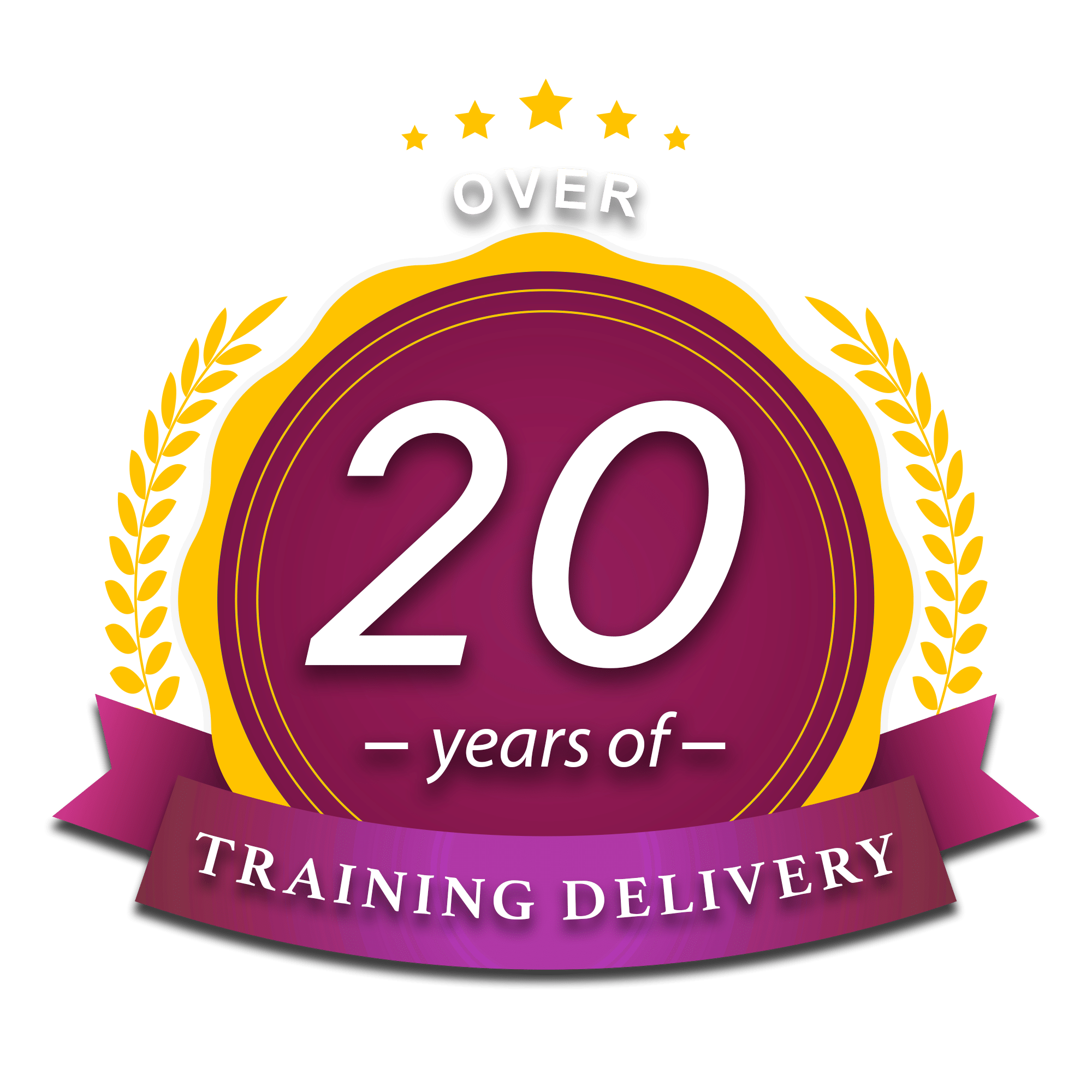






![Scrum Guide [2020.11]](https://miroslawdabrowski.com/wp-content/uploads/2024/01/Scrum-Guide-2020.11.jpg)
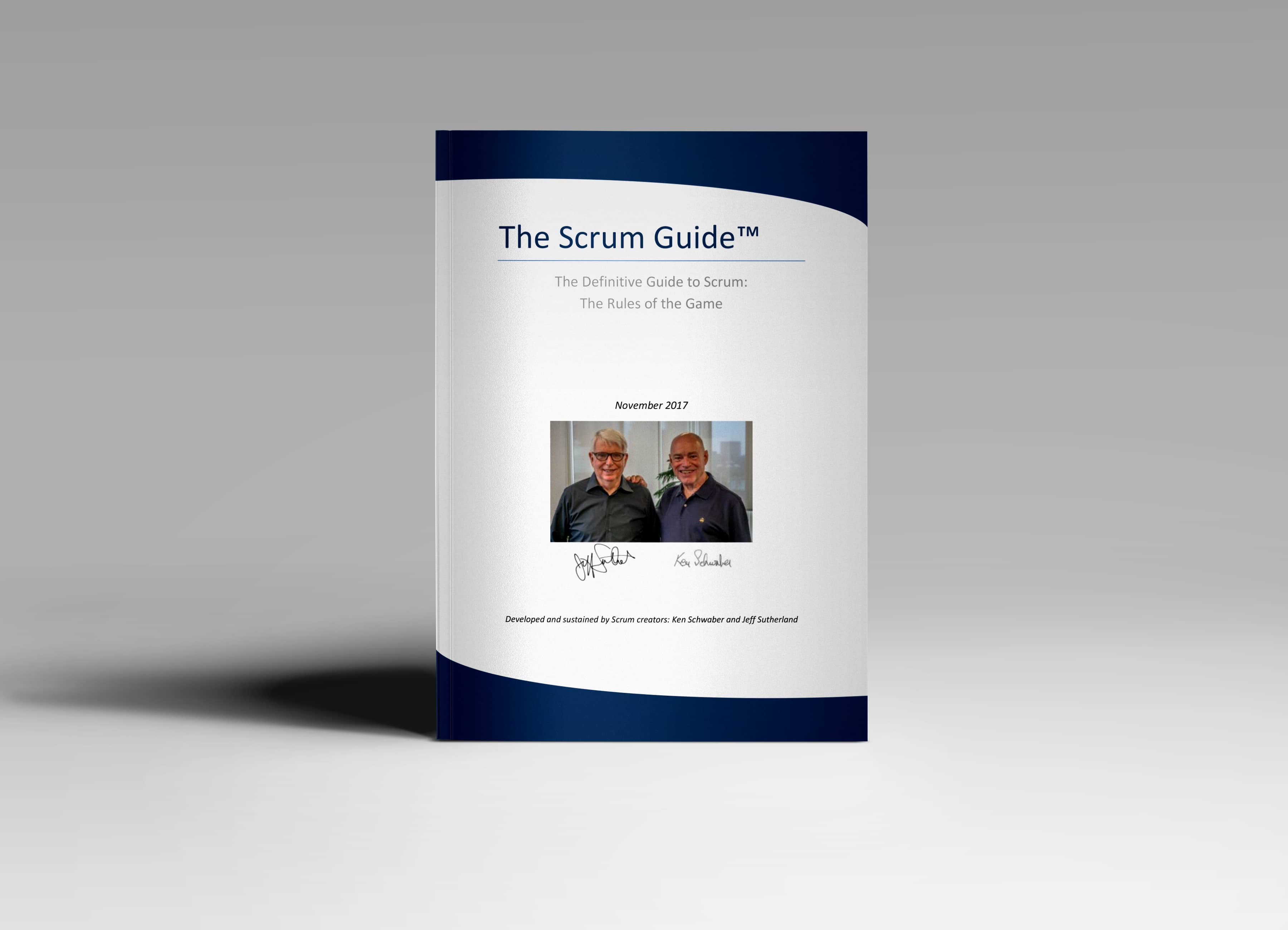
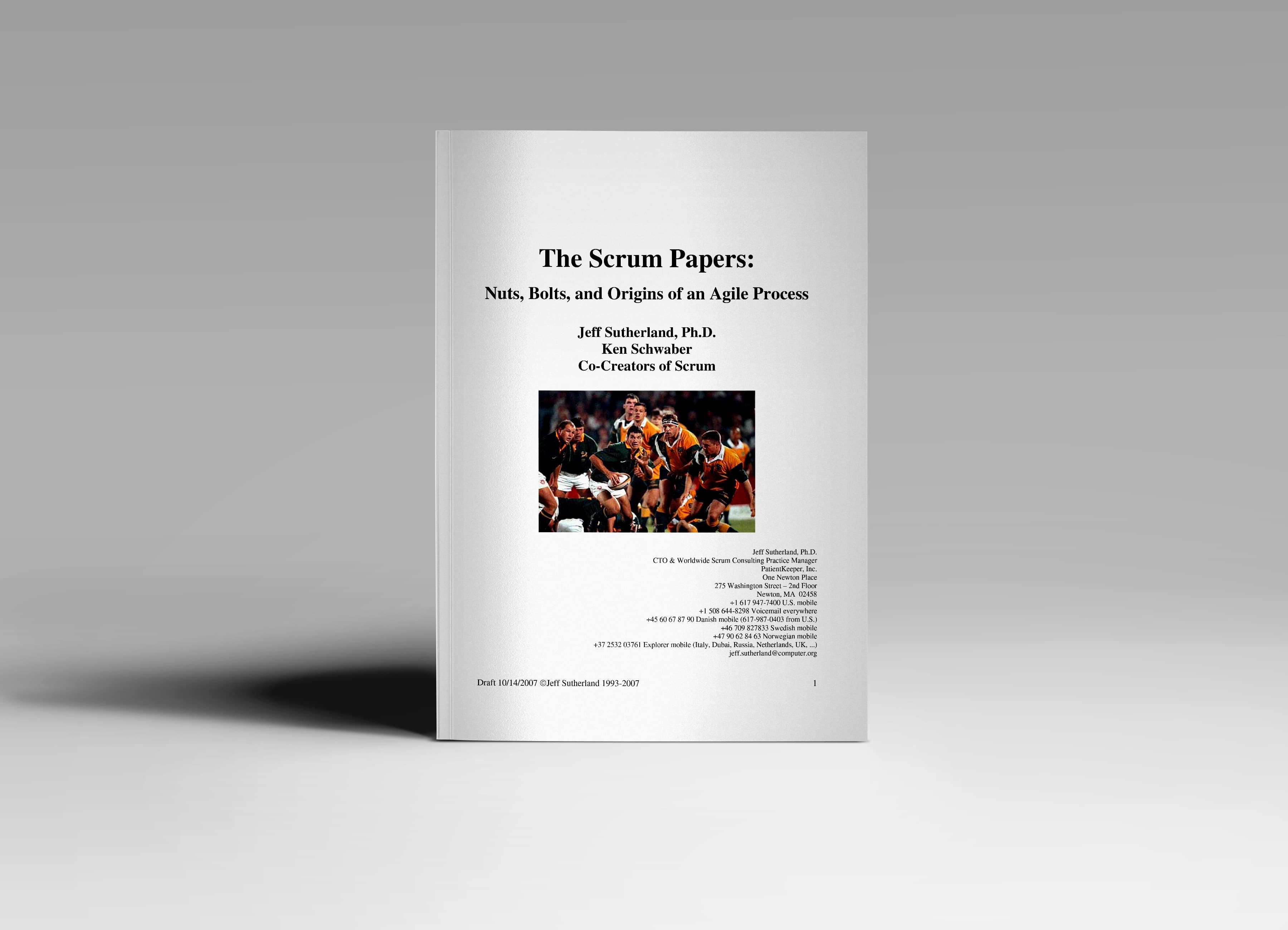

![Evidence Based Management Guide [2019.01]](https://miroslawdabrowski.com/wp-content/uploads/2019/01/Evidence%20Based%20Management%20Guide%2001.2019.jpg)
![Evidence Based Management Guide [2018.09]](https://miroslawdabrowski.com/wp-content/uploads/2018/10/Evidence%20Based%20Management%20Guide%2009.2018.jpg)
![The 8 Stances of a Scrum Master Whitepaper v2.0 [2017.05]](https://miroslawdabrowski.com/wp-content/uploads/2017/10/The%208%20Stances%20of%20a%20Scrum%20Master%20Whitepaper%20v2.0%20%5B05.2017%5D.jpg)
